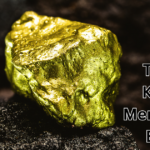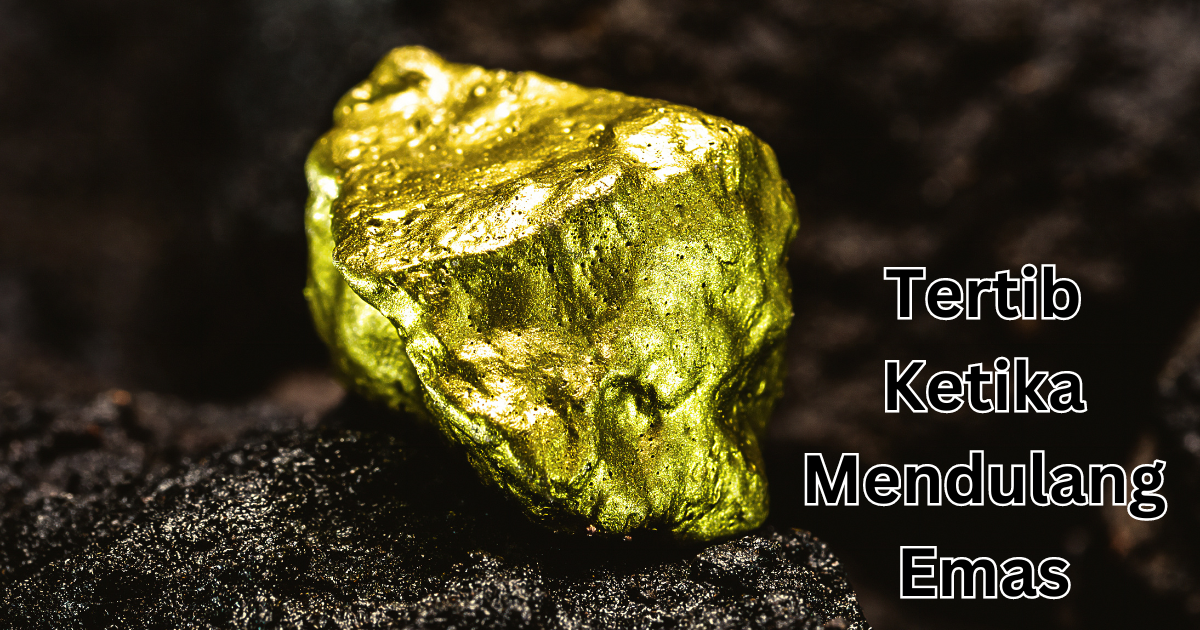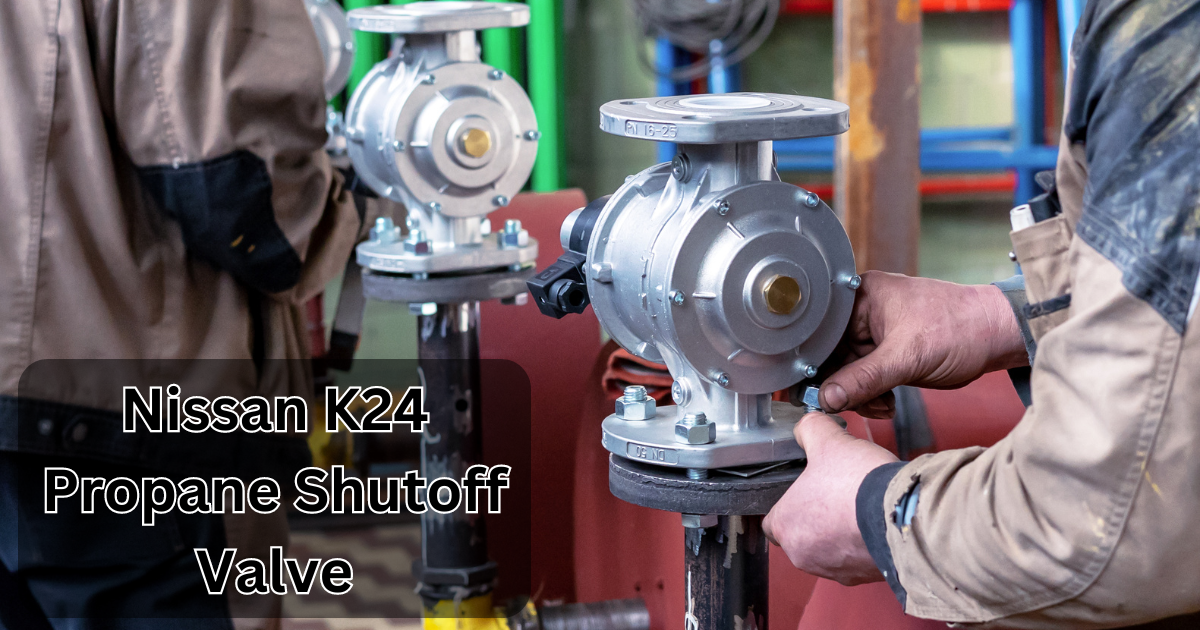Gold mining is the process of extracting gold from the earth, which has been a source of wealth and cultural significance for centuries. From small-scale artisanal mining to large industrial operations, various techniques are used to locate and harvest gold. However, the process can have significant environmental and social impacts if not conducted responsibly.
The phrase “tertib ketika mendulang emas” translates to “orderliness in gold mining.” It emphasizes the importance of discipline, responsibility, and adherence to established practices in the gold mining process. Gold mining is not just about extraction—it requires a balance of environmental stewardship, safety, and efficiency to ensure long-term sustainability.
The Importance of Discipline in Gold Mining
Environmental Impact of Irregular Gold Mining
Irregular or unregulated gold mining can wreak havoc on the environment. Deforestation, soil erosion, and water contamination are some of the major consequences of irresponsible mining. Discipline in mining operations ensures that environmental standards are met, helping to minimize ecological damage and promote sustainable practices.
Health and Safety Considerations
Gold mining poses significant health and safety risks, from cave-ins to exposure to toxic chemicals like mercury and cyanide. Implementing strict safety protocols is essential to protect workers from accidents and long-term health problems. Disciplined mining operations prioritize safety, ensuring that workers return home safely each day.
Economic Consequences of Disorderly Mining
Disorganized and unlawful gold mining can lead to financial loss, both for individual miners and for the local economy. Proper planning, investment in efficient technologies, and adherence to legal frameworks can improve gold yields, creating more stable economic conditions for mining communities.
Key Principles of Tertib Ketika Mendulang Emas
Compliance with Local and International Mining Laws
Mining regulations vary by country, but all are aimed at ensuring sustainable and responsible operations. By following both local and international mining laws, miners can avoid legal penalties and operate in a manner that is both ethical and environmentally friendly. Adherence to these laws forms the backbone of disciplined mining.
Efficient Resource Management
Gold mining is not just about extraction—it’s also about managing resources efficiently. Proper planning helps miners extract the most gold with minimal waste. Modern technologies, like automated drilling and advanced geological surveys, allow for more precise and productive mining, reducing environmental impact.
Waste Disposal and Management
Waste from gold mining operations, such as tailings and chemicals, can cause significant environmental harm if not handled correctly. Effective waste management techniques ensure that toxic substances are properly contained and disposed of. Disciplined mining emphasizes the importance of reducing the environmental footprint through responsible waste management.
Sustainable Mining Techniques
Eco-friendly mining techniques, such as gravity separation and bio-mining, reduce the need for harmful chemicals like cyanide and mercury. Sustainable mining focuses on minimizing the ecological impact while maximizing resource recovery. Countries like Australia and Canada have pioneered various methods to reduce environmental harm, setting an example for others.
Tools and Equipment for Disciplined Gold Mining
Essential Tools for Gold Prospecting
Successful gold mining begins with the right tools. Pan, sluice boxes, metal detectors, and shovels are the basics of any gold prospector’s toolkit. These tools, when used correctly and responsibly, help miners operate in an orderly manner, reducing environmental damage and ensuring the safety of operations.
Technological Advancements in Gold Mining
The integration of modern technology in gold mining has revolutionized the industry. From GPS-based surveys to automated drilling machines, technology makes mining more efficient and less hazardous. These advancements also support the principles of “tertib” by ensuring better planning and resource management.
Safety Equipment for Gold Miners
Safety is paramount in gold mining, and protective gear such as helmets, gloves, goggles, and boots can be life-saving. By enforcing the use of personal protective equipment (PPE), disciplined mining operations can significantly reduce the number of accidents and injuries on-site.
Also Read: Unleash Your Inner Power with Bublenowpax Lipstick
Practices for Organized Gold Mining
Organized Workforce in Gold Mining Operations
A well-organized workforce is critical to the success of any mining operation. When teams are well-trained and work in unison, productivity increases, and the risk of accidents decreases. Leadership and teamwork are essential to maintain order and ensure that all workers are aligned with safety and environmental goals.
Time Management in Gold Mining
Gold mining requires a precise balance of time management to maximize productivity. Scheduling and planning tasks efficiently ensure that mining operations run smoothly. Effective time management helps miners avoid unnecessary downtime, boosting overall production and resource recovery.
Maintenance of Equipment and Machinery
Regular maintenance of equipment is essential to avoid unexpected breakdowns and costly delays. In disciplined mining operations, machinery is routinely inspected and repaired, preventing larger issues that could halt production. Proper equipment maintenance also helps extend the life of machinery, reducing replacement costs.
Environmental Considerations for Responsible Gold Mining
Reducing Mercury and Cyanide Usage
Mercury and cyanide are commonly used in small-scale gold mining but pose severe environmental and health risks. Reducing their use is key to responsible mining. Alternatives like gravity separation and eco-friendly chemicals can significantly reduce the harmful impact of gold extraction processes.
Rehabilitating Mining Sites
After the gold has been extracted, the land is often left barren and unusable. Rehabilitating mining sites involves restoring the environment to its natural state, replanting trees, and replenishing ecosystems. Disciplined mining practices focus on minimizing long-term environmental damage by prioritizing site rehabilitation.
Economic and Social Benefits of Disciplined Gold Mining
Job Creation and Local Economic Growth
Organized gold mining contributes to local economies by creating jobs and stimulating business growth. By following disciplined practices, mining companies can create stable, long-term employment opportunities and provide a reliable source of income for local communities.
Ethical Gold Mining Practices
Fair labor practices and ethical standards are essential in disciplined mining. Ensuring miners are paid fair wages and work in safe conditions promotes not only social welfare but also supports the global demand for ethically sourced gold. Consumers today are more likely to support mining operations that prioritize ethical practices.
Conclusion
The future of gold mining lies in the hands of those who prioritize disciplined and responsible practices. By adopting a “tertib ketika mendulang emas” approach, the industry can ensure long-term sustainability, protect the environment, and create economic prosperity for local communities.











